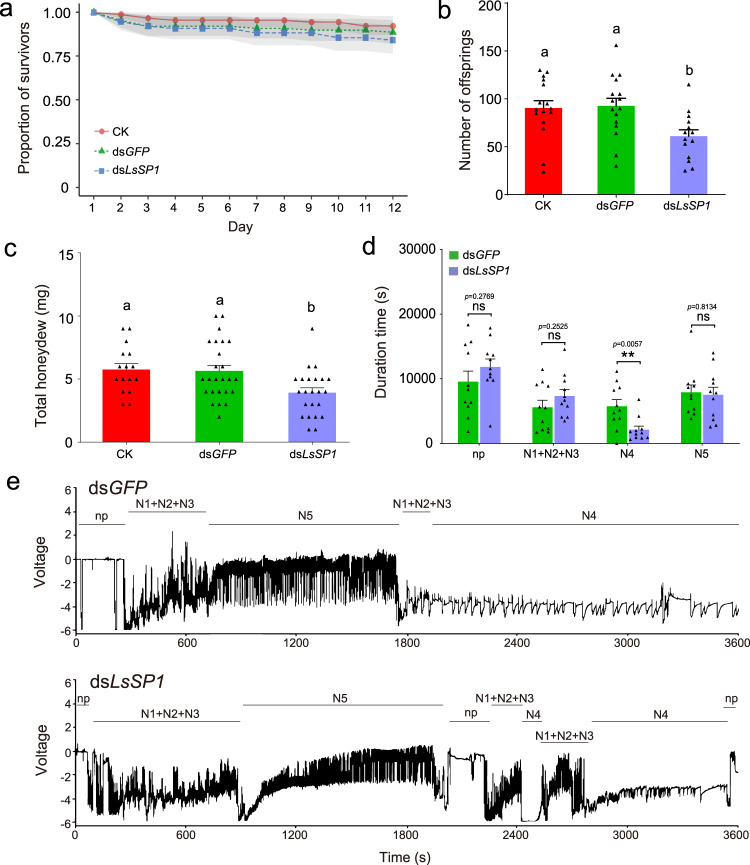Fig. 1. Effect of dsRNA treatment on Laodelphax striatellus.
a–c Effect of LsSP1 knockdown on L. striatellus survival rate (a), fecundity (b), and honeydew excretion (c). The untreated (CK) and dsGFP-treated L. striatellus were used as controls. Data in a are presented as mean values ±95% confidence intervals (displayed in light shades). Different lowercase letters indicate statistically significant differences at P < 0.05 level according to log-rank test (a) or one-way ANOVA test followed by Tukey’s multiple comparisons test (b, c). d Comparison of electrical penetration graph (EPG) parameters between dsGFP-treated and dsLsSP1-treated L. striatellus. All EPG recordings were performed for 8 h. P-values were determined by two-tailed unpaired Student’s t test. **P < 0.01; ns, not significant. Data in b–d are presented as mean values ±SEM. For survival analysis in a, n = 91, n = 88, and n = 106 individuals in CK, dsGFP, and dsLsSP1, respectively; for fecundity analysis in b, n = 20 independent biological replicates in three treatments; for honeydew analysis in c, n = 16, n = 25, and n = 23 independent biological replicates in CK, dsGFP, and dsLsSP1, respectively; for EPG analysis in d, n = 11 independent biological replicates in three treatments. e Overall typical EPG waveforms over 1 h for dsGFP-treated (upper) and dsLsSP1-treated L. striatellus (lower). The insect feeding behavior was classified into nonpenetration (np), pathway duration (N1 + N2 + N3), phloem sap ingestion (N4), and xylem sap ingestion (N5) phases. The rice variety cv. ASD7 was used. Source data are provided as a Source Data file.

